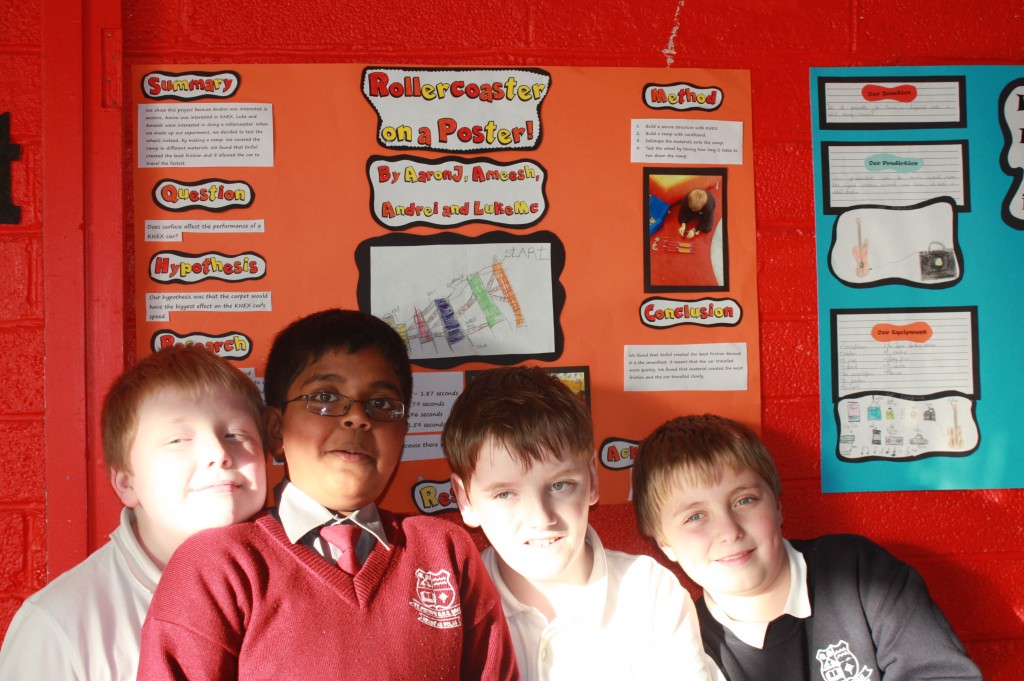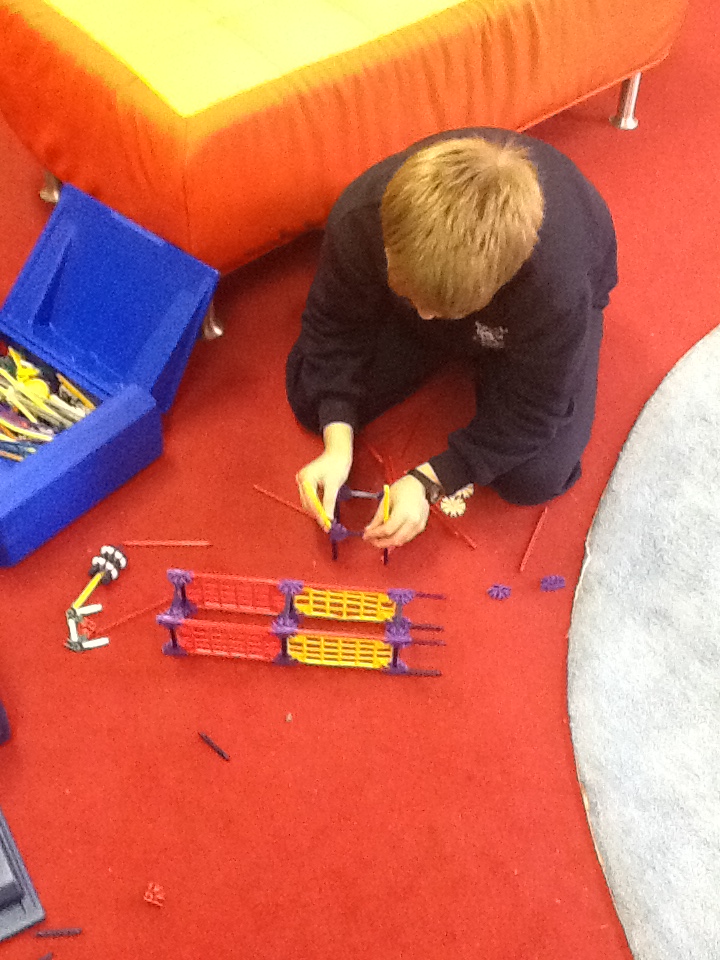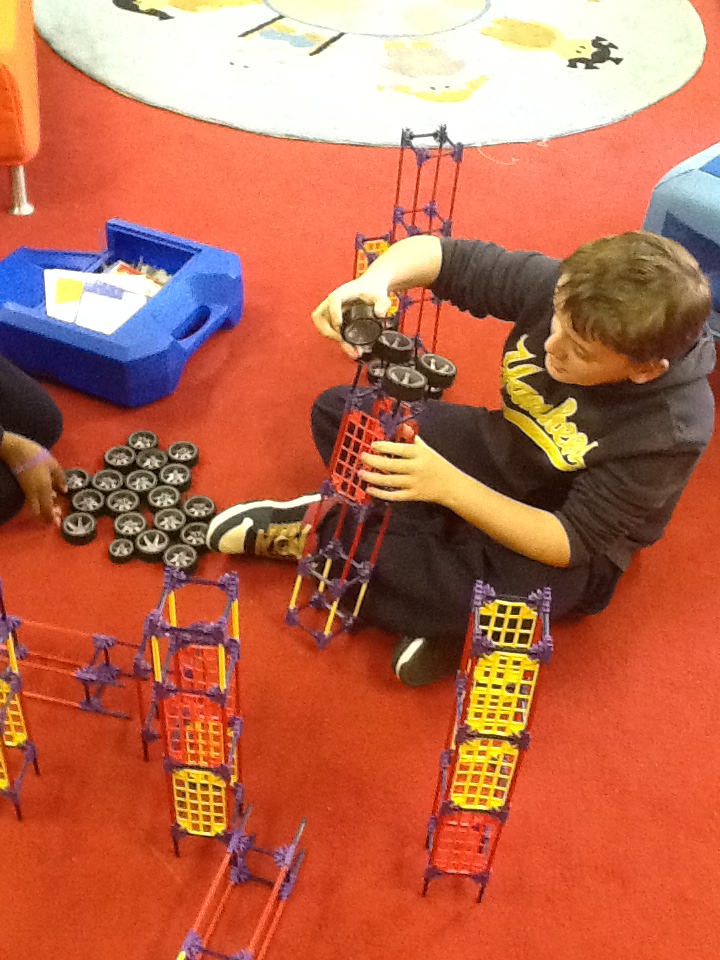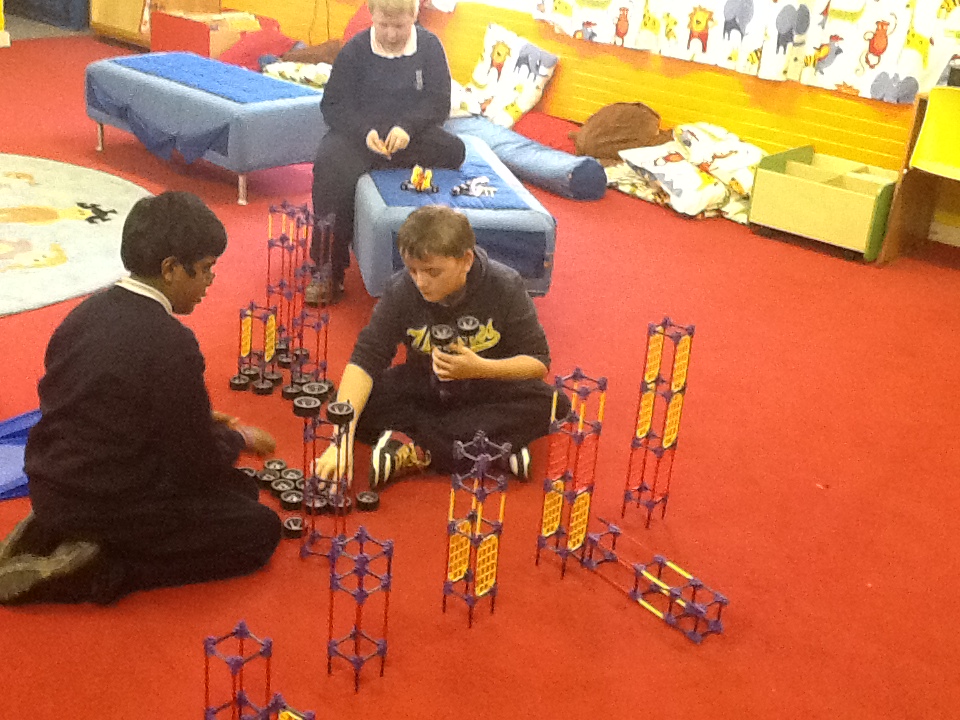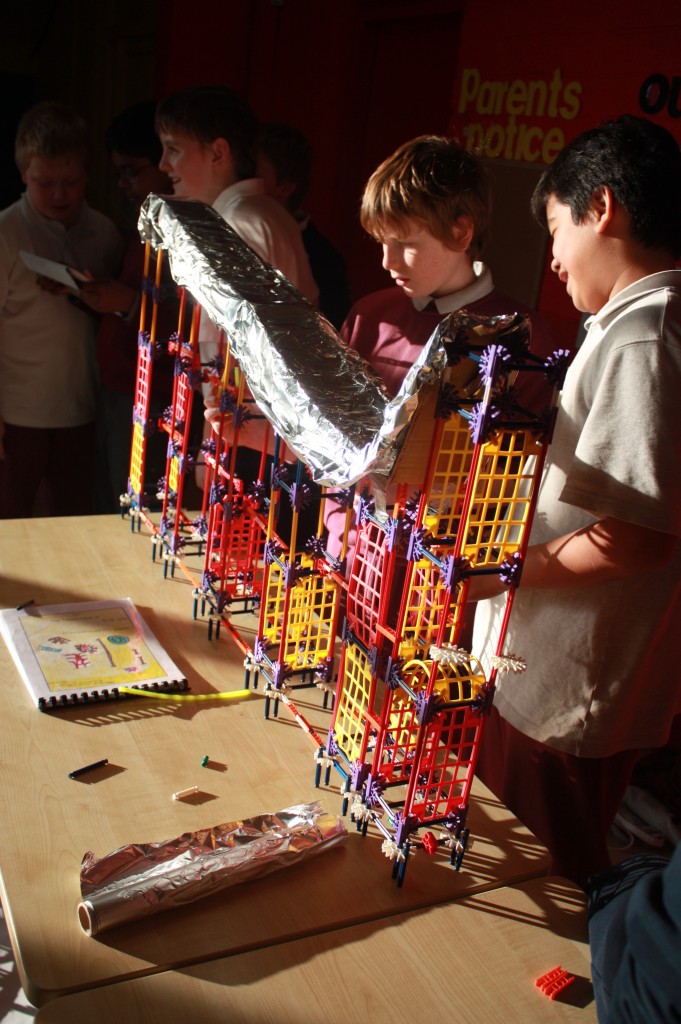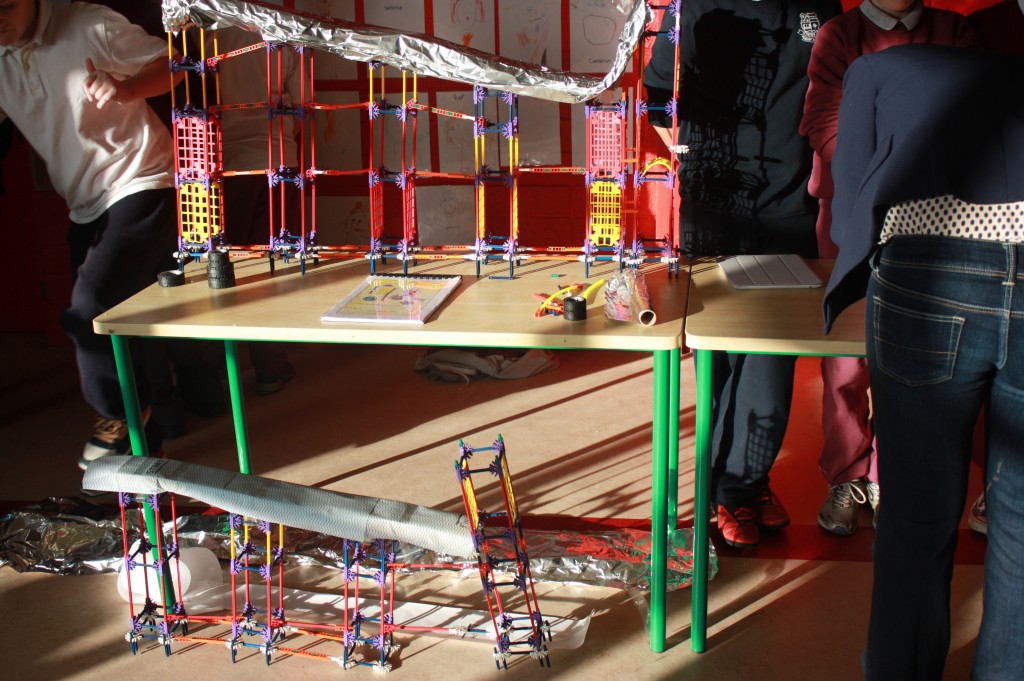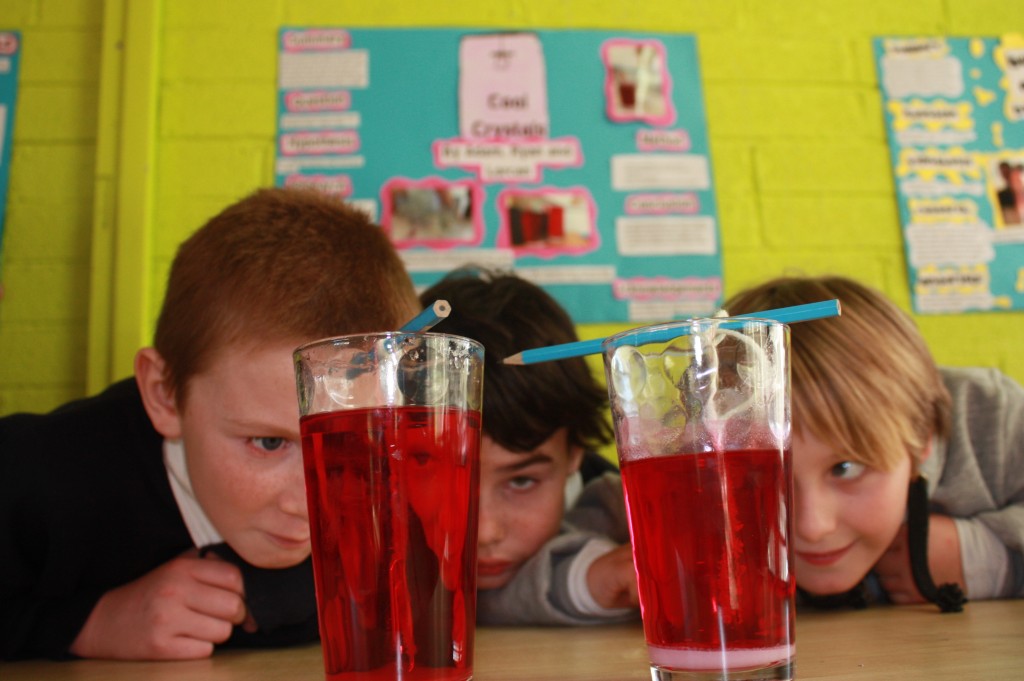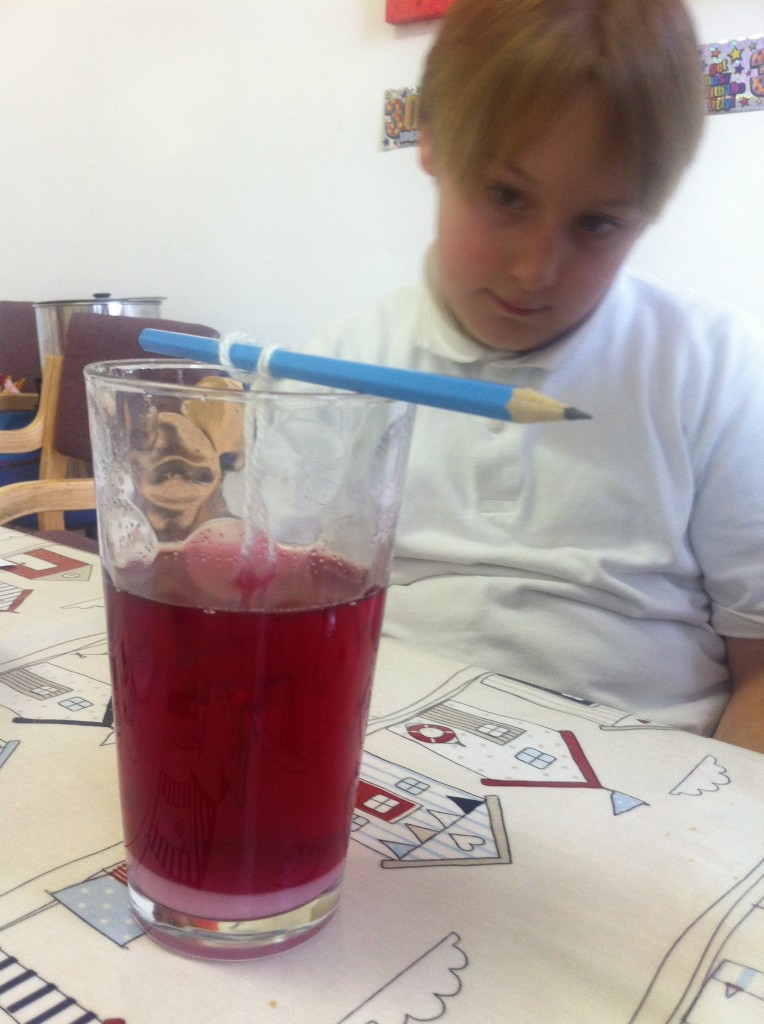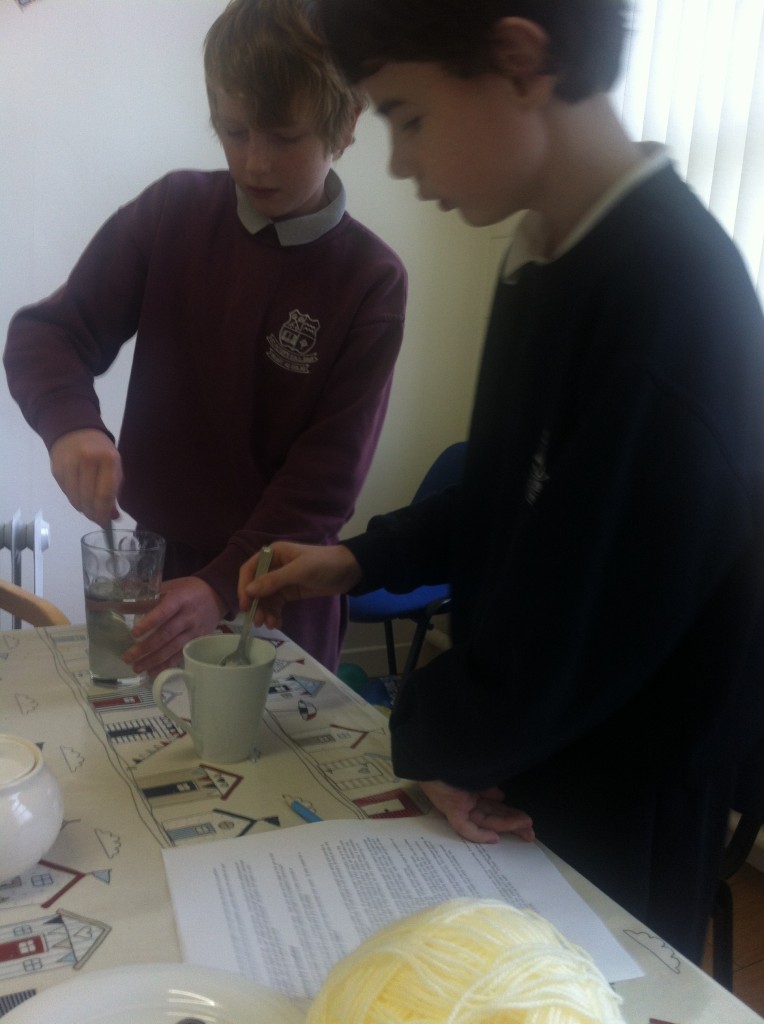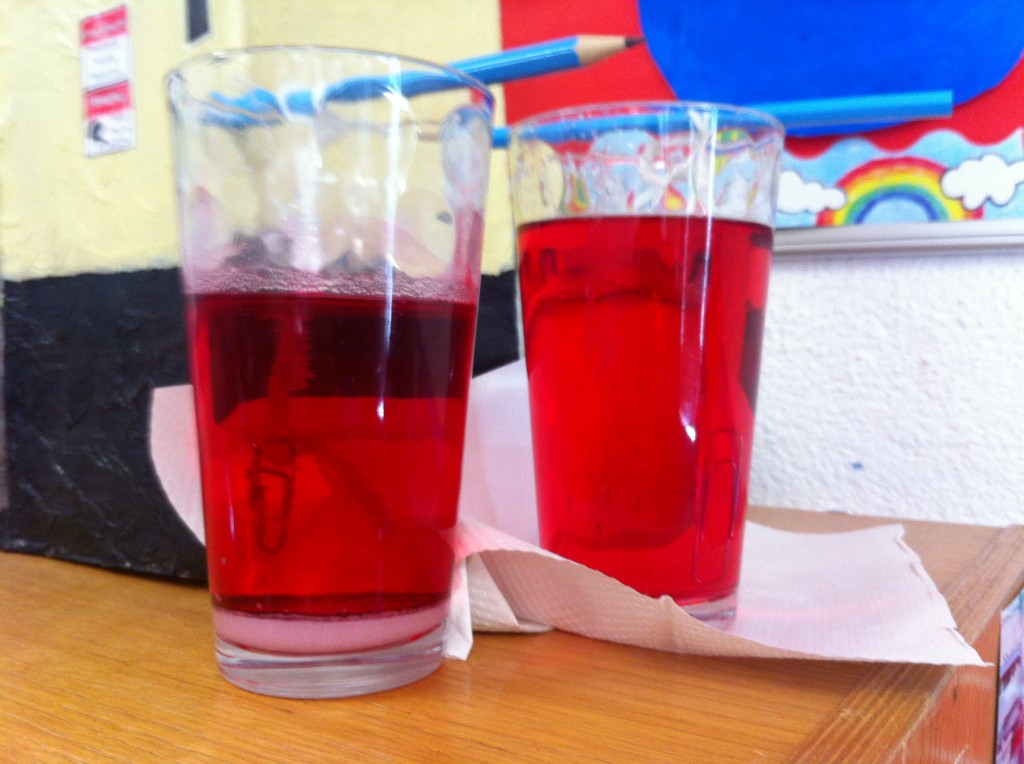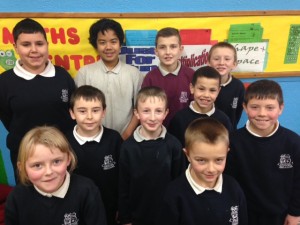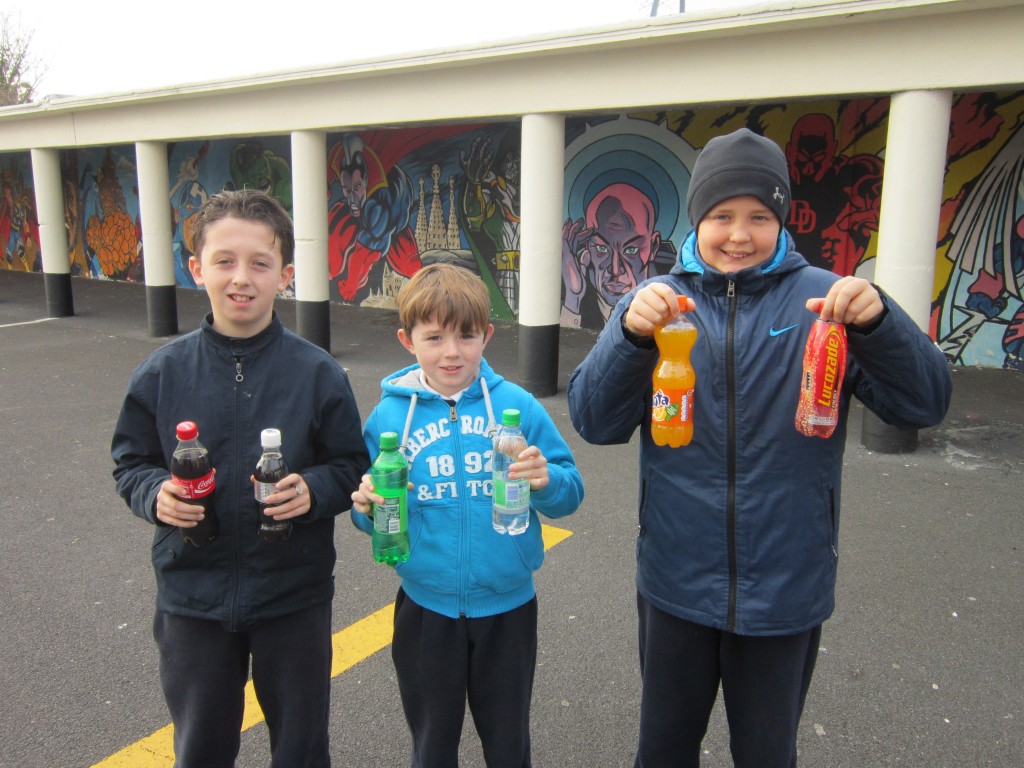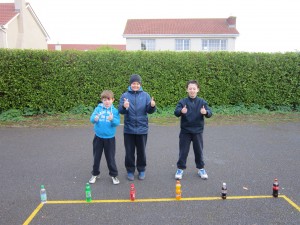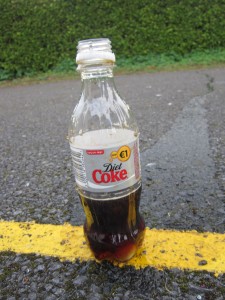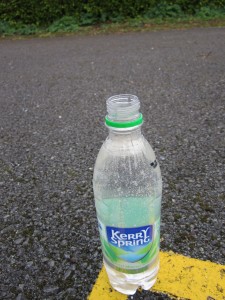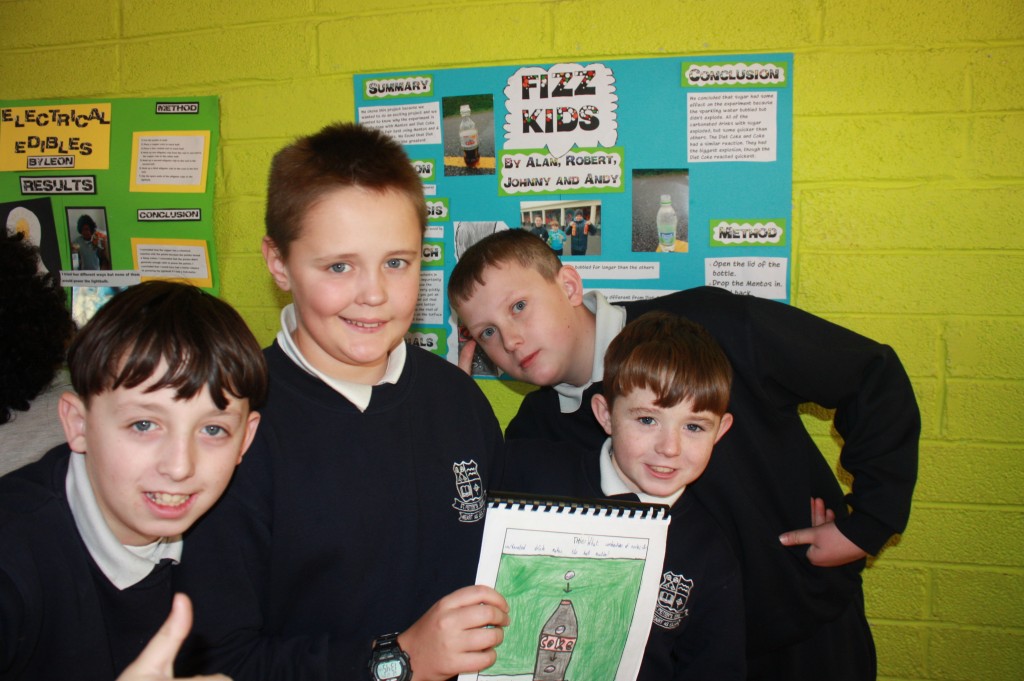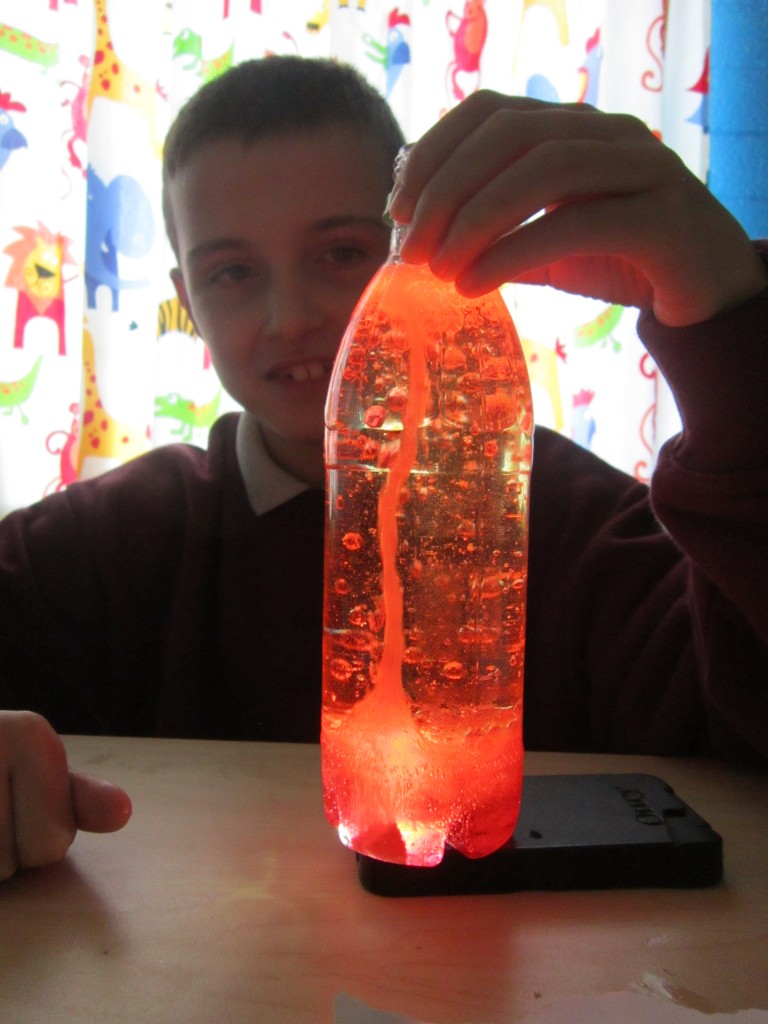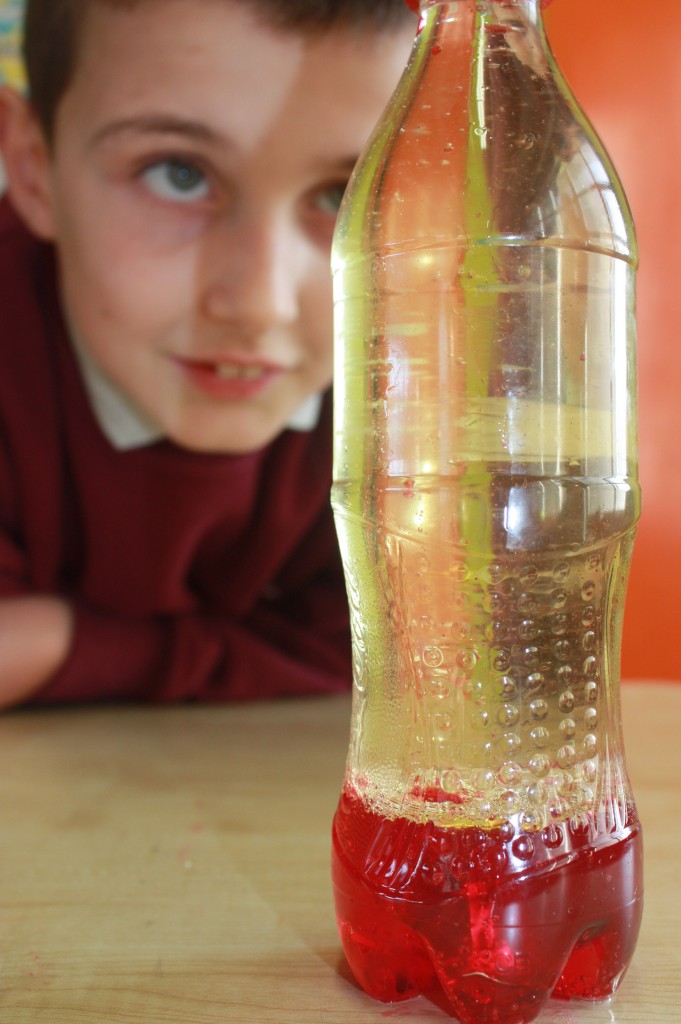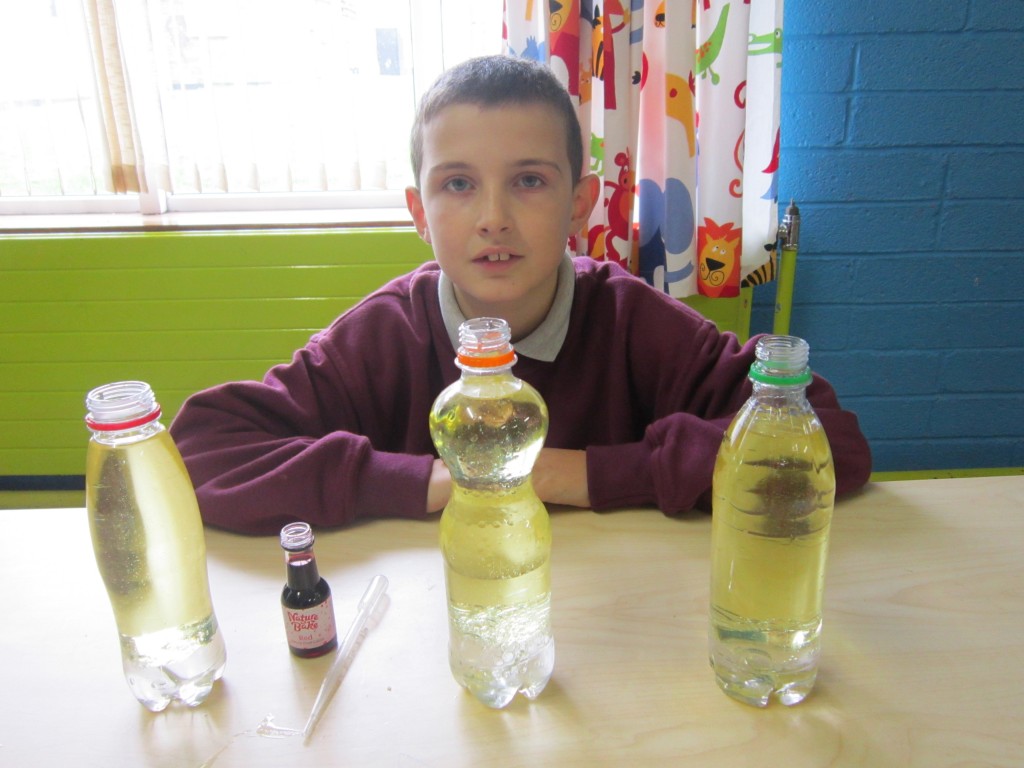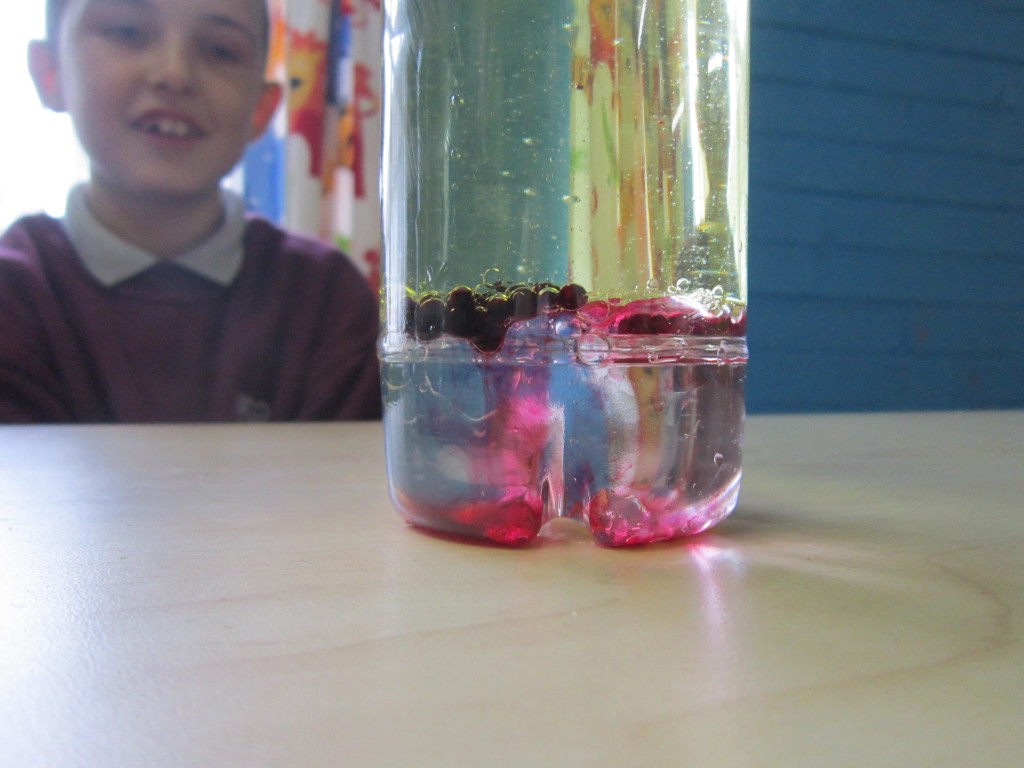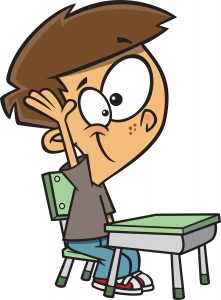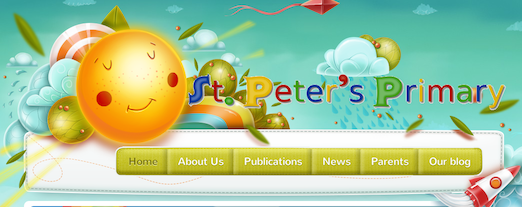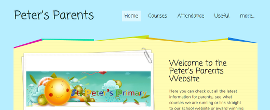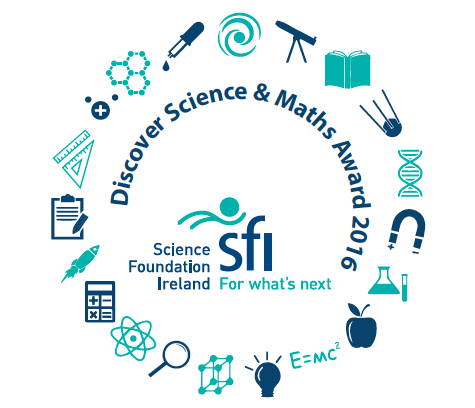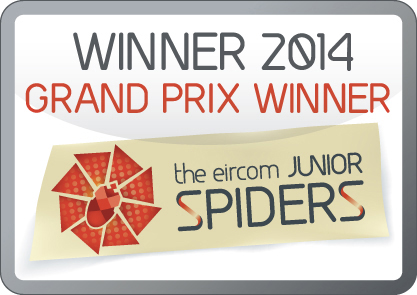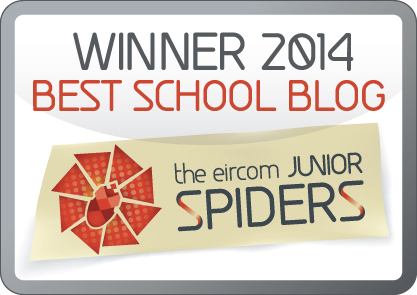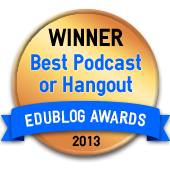
Welcome to a brand new year of Wednesday for Parents!
It seems fitting to start the year with a post on resolutions – digital resolutions! I found this post over the holidays on ‘10 New Year’s Resolutions for Digital Families‘ on uknowkids.com and they’ve kindly agreed to allow me to share it here. Uknowkids.com has an excellent blog with fantastic resources for parents about safety online. The author of the post, Tim Woda, also has a number of excellent resources on his blog – which you can find here. These resolutions are practical, easy to implement and really good ideas – we thought they’d be perfect to share here.
1. Get to know what sites your child is using online, particularly social media. Webwise have an excellent parents’ section explaining all the major forms of social media. This guide is also an excellent source of information, which includes info on all the main sites and apps. It also goes into detail about how teenagers and children hide information online from parents, and how to manage this.
2. Talk about the rules. Uknowkids.com suggest rules related to the following:
- How and when your children can use social media
- Rules for digital privacy and security
- A discussion about the sort of monitoring you’ll be doing to keep track of what your kids do online
- Rules for communicating with people online, and in particular the risks of communicating with strangers
3. Set up a contract related to online behaviour. Be clear in what you expect from your child and the consequences if they don’t stick to their contract.
4. Monitor your child’s use of the Internet. Ask questions and check the browsing history of your child’s computer, tablet or smartphone. There are a number of programmes and apps out there that will help you to track your child’s usage. A really important point that keeps coming up is that if your child is on the computer a lot and there are large stretches of nothing in the browser history, you should be aware that your child is probably clearing their history.
5. Limit digital access. Technology can be a powerful tool, but it can also be a distraction from what really matters. There’s no reason for your child to spend every waking second on her computer or smartphone, and doing so limits family time, opportunities to learn, and real social interaction. Consider turning off your wireless connection or setting in place an hour of family time each night.
6. Update privacy settings. Social media sites such as Facebook frequently change their default privacy settings, which means that previously private posts can suddenly become public. Take a few minutes to check your child’s privacy settings – as well as your own – and ensure they’re not accidentally sharing their entire lives with the whole world.
7. Back up your files. It’s not particularly fun, but backing up your files can save you lots of heartache. You can use a service such as Dropbox (which we use a lot ourselves in Peter’s) to keep access to your files, or can transfer your documents and photos to a small flash drive.
8. Become your child’s friend. If you’re not already friends with your child on social media sites, it’s time to change that. This is one of the easiest ways to monitor your child’s digital behaviour because you’ll receive updates when she posts a new status or photo. However, be aware that Facebook settings can be changed to block almost all content from specific users.
9. Change your passwords. Changing your passwords every few months helps keep your data secure from hackers and other threats. Take a few minutes to change all of your passwords, and tell your child to do the same.
10. Teach basic computer skills. It’s never too early to teach your child proper computer skills. Teach your child the basics in computers and programming. Our Hour of Code link was an extremely popular one – you can access it here. Also, there is no substitute for teaching your child why it’s so important to be safe online. You can access our previous post on web safety here.
Thanks again to uknowkids.com for giving permission to publish their resolutions and to adapt them. If there’s any particular part of today’s post that you’d like to know more about, please let us know and we’ll include it in future posts! We’d love to hear any of your tips for keeping the kids in your home safe online – let us know in the comments!


